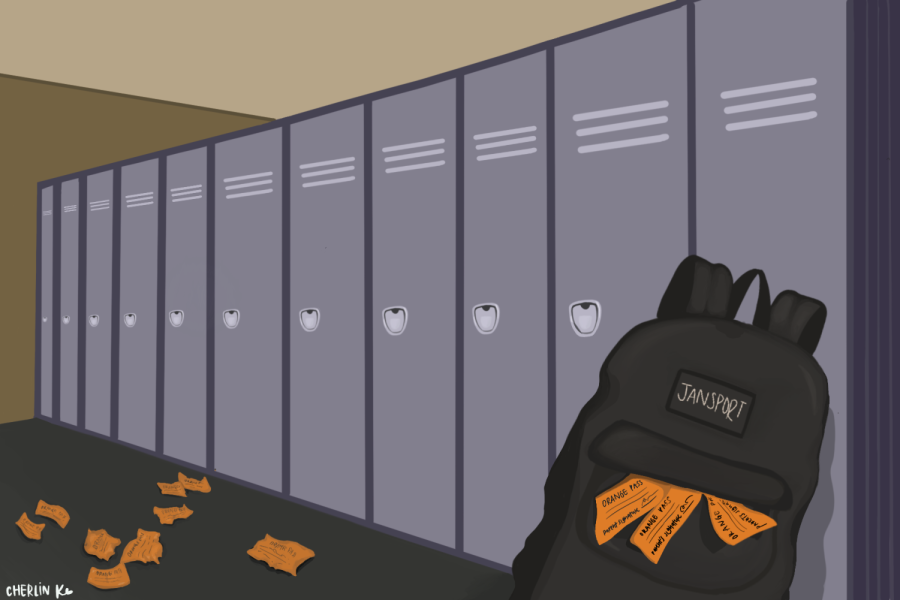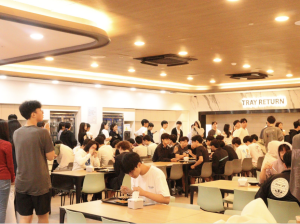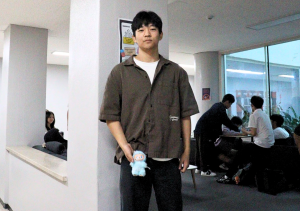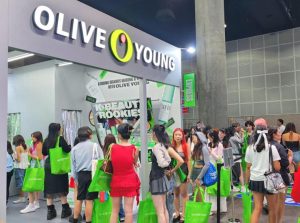Let’s re-orange the orange pass system
Mar 24, 2022
With Omicron surging, South Korea hit an all-time high in Covid cases by mid-February and continues to intensify through March. The usual, exciting school atmosphere packed with club activities and tournaments at SIS was soon trampled by a restless environment with students and staff’s safety at stake.
Amidst the turmoil, there is no doubt that the SIS administration has contributed commendable efforts that greatly assuaged Covid cases in the school setting: temperature checks after the third period, monitoring of social distancing in the cafeteria, hand sanitizers all throughout campus, the strict mandate of orange passes—the list can go on.
Though the administration has already established such a strong foundation for a Covid-free SIS, further improvements can be made—especially on the orange passes.
The execution of the orange pass system is easy and efficient: all students, faculty, and guests ensure their temperatures are below 37.5 degrees, fill out the orange pass, and show it to SIS staff before entrance.
However, it is the simplicity of these orange passes that is actually problematic: it comes down to queries behind mainly students’ integrity. There is no way to confirm that they are sincerely reading the guidelines, receiving parents’ approval on the passes if they are minors, and checking their temperatures regularly.
Considering integrity as the central issue of orange passes, there are two possible solutions to better guarantee the school’s safety: First, a stricter mandate on temperature checks during the school day, and second, photo verifications of the rapid antigen tests taken on the designated days of self-testing.
With legitimacy in question, the temperature confirmation on the orange pass serves no benefit and should be removed. Instead, teachers can physically check students’ temperatures after every period, in addition to bus monitors and other SIS staff taking all temperatures in the mornings before entrance to campus.
As students can easily contract the virus throughout the school day, these consistent check-ups can be vital in sending those infected home immediately. Students and staff will be more honest when filling out the orange pass, and the SIS community as a whole can feel better assured of their safety in the school setting.
Throughout March, SIS administration has made additional revisions to the orange pass, with the new inclusion of mandatory self-testing on Mondays and Thursdays for students and Mondays only for faculty members. In order to verify that students and staff are actually taking the rapid antigen tests, all visitors can send photo evidence to SIS administration before entrance into the school building.
In terms of the orange passes’ execution, a solution to carry them out more effectively may be to limit the pass to simply the mobile version.
As the orange pass is being reupdated so frequently, directing the pass to the mobile version can boost efficiency and curtail confusion. The waste of paper through reprinting orange passes is a concern, but the fact that many students are unaware of these revised orange passes feeds into a larger issue of miscommunication. With the mobile version being up-to-date without them having to reprint the updated versions or visit the nurse’s office for copies themselves, it can ensure that all are in touch with new orange pass revisions in the future.
Instead of relying on students’ integrity, the school can revive its thrilling school atmosphere with consistent temperature checks and photo confirmation for self tests, whilst securing the SIS community’s overall safety.







